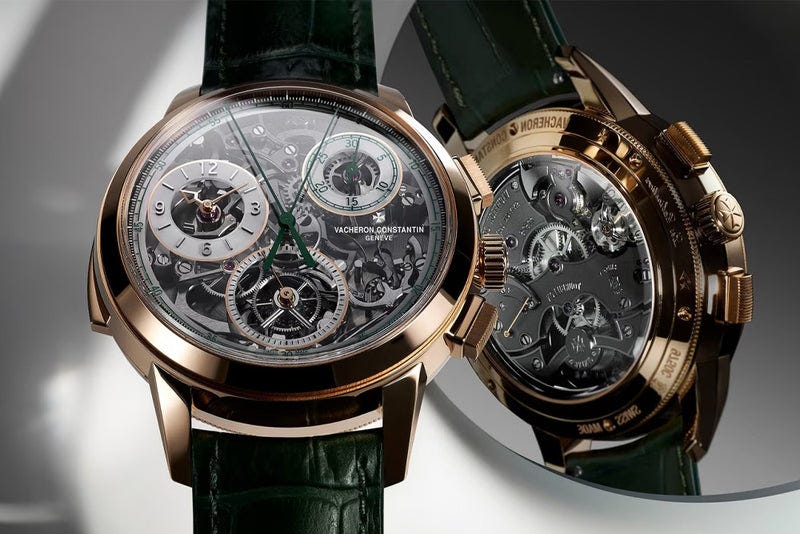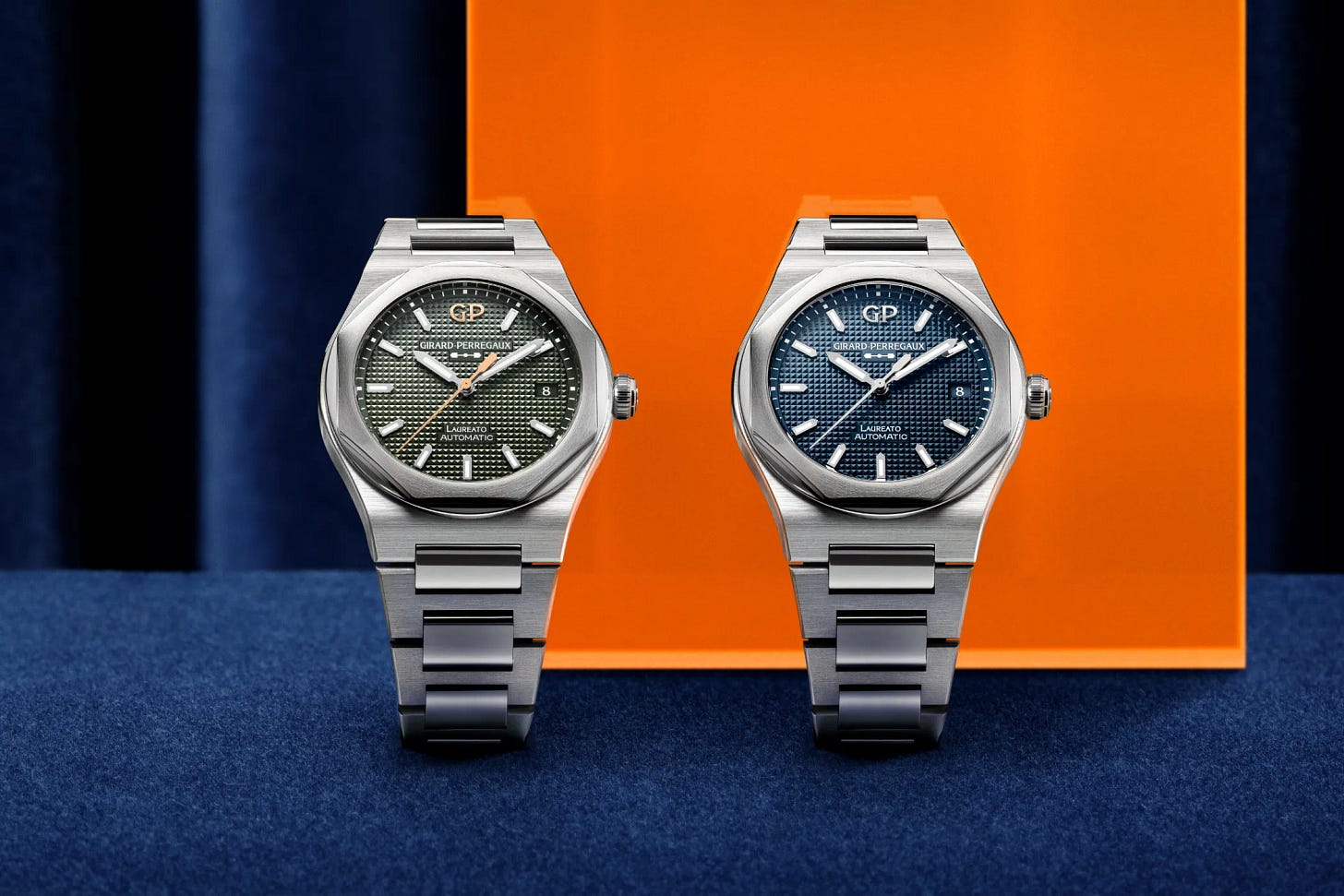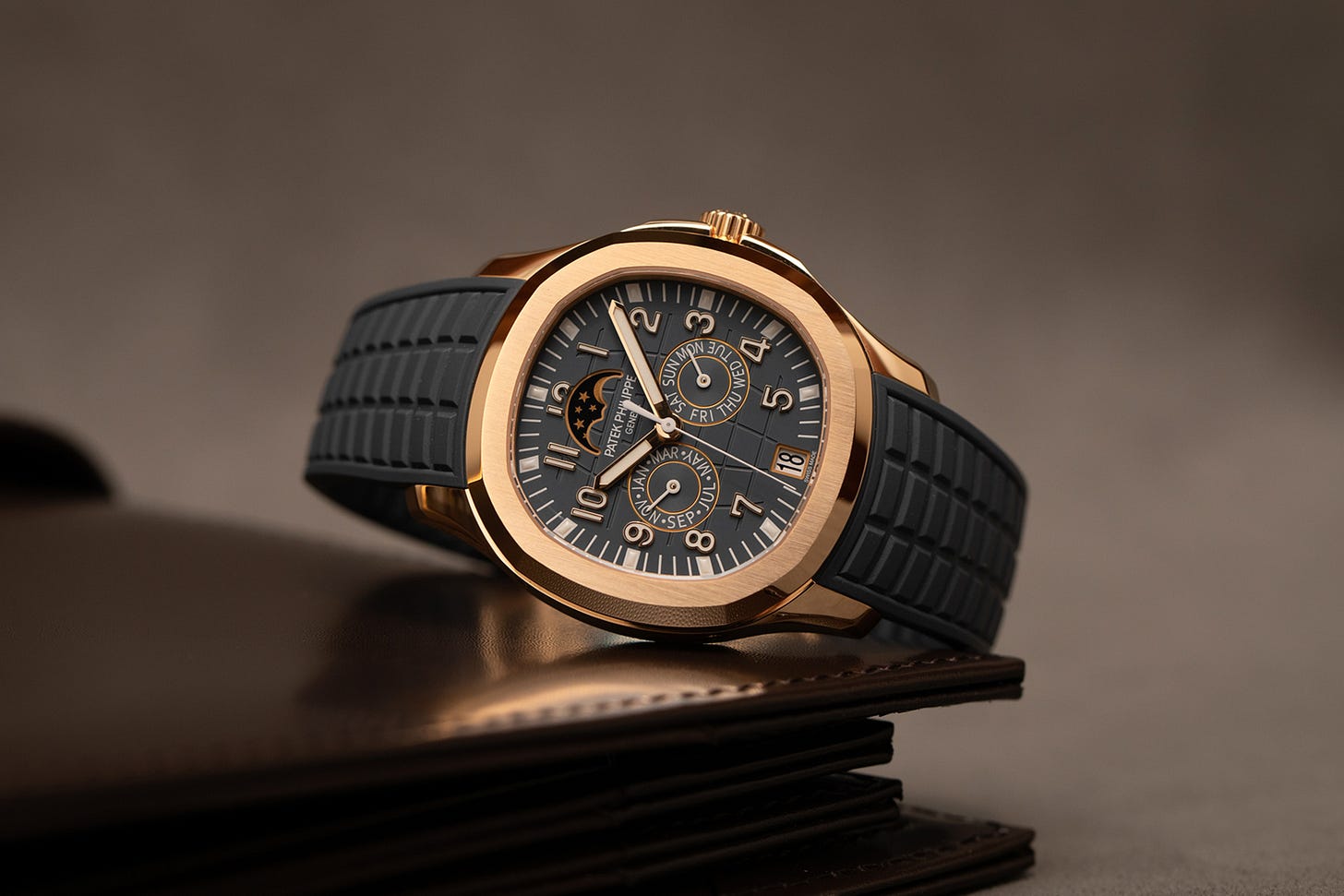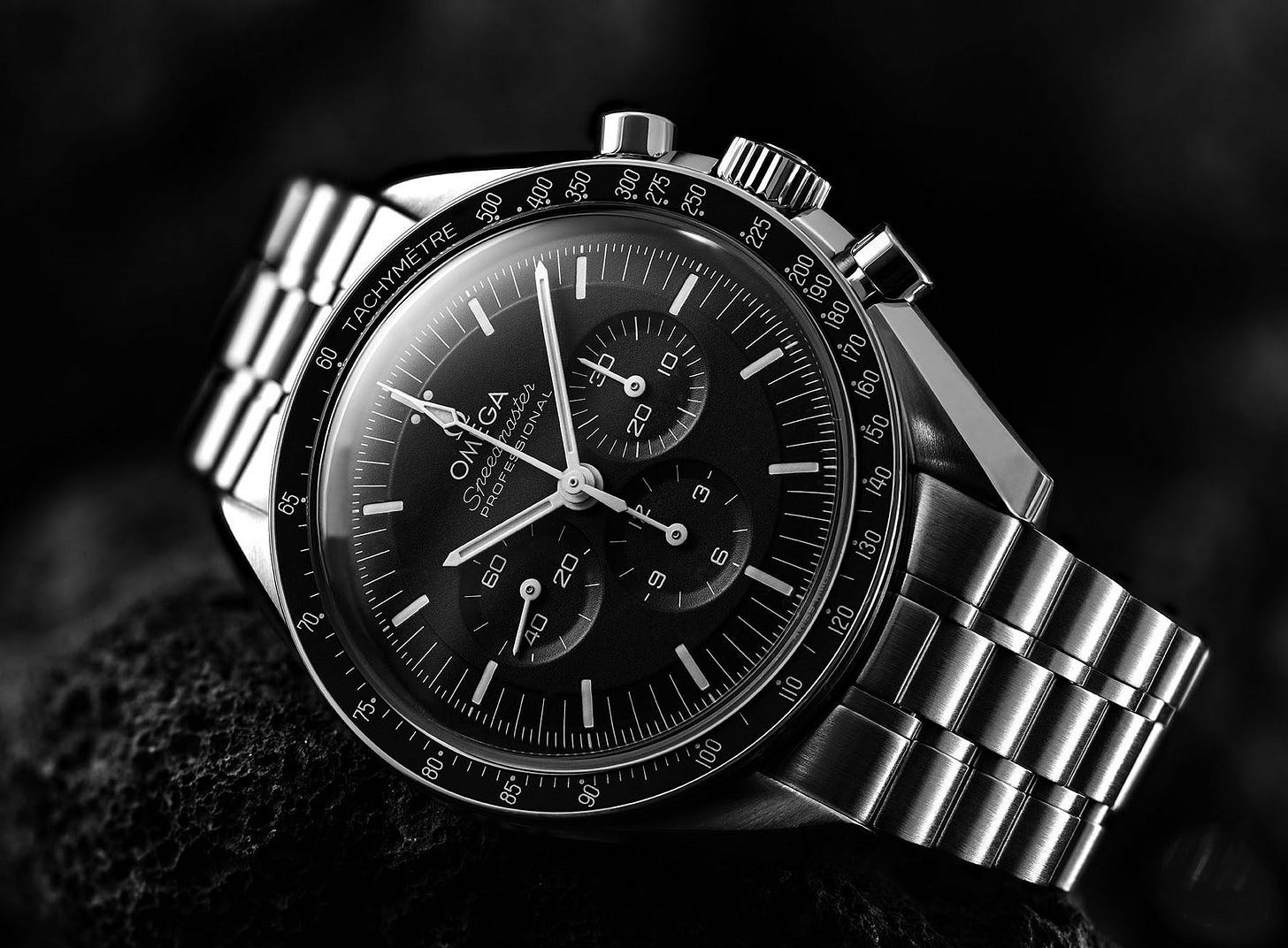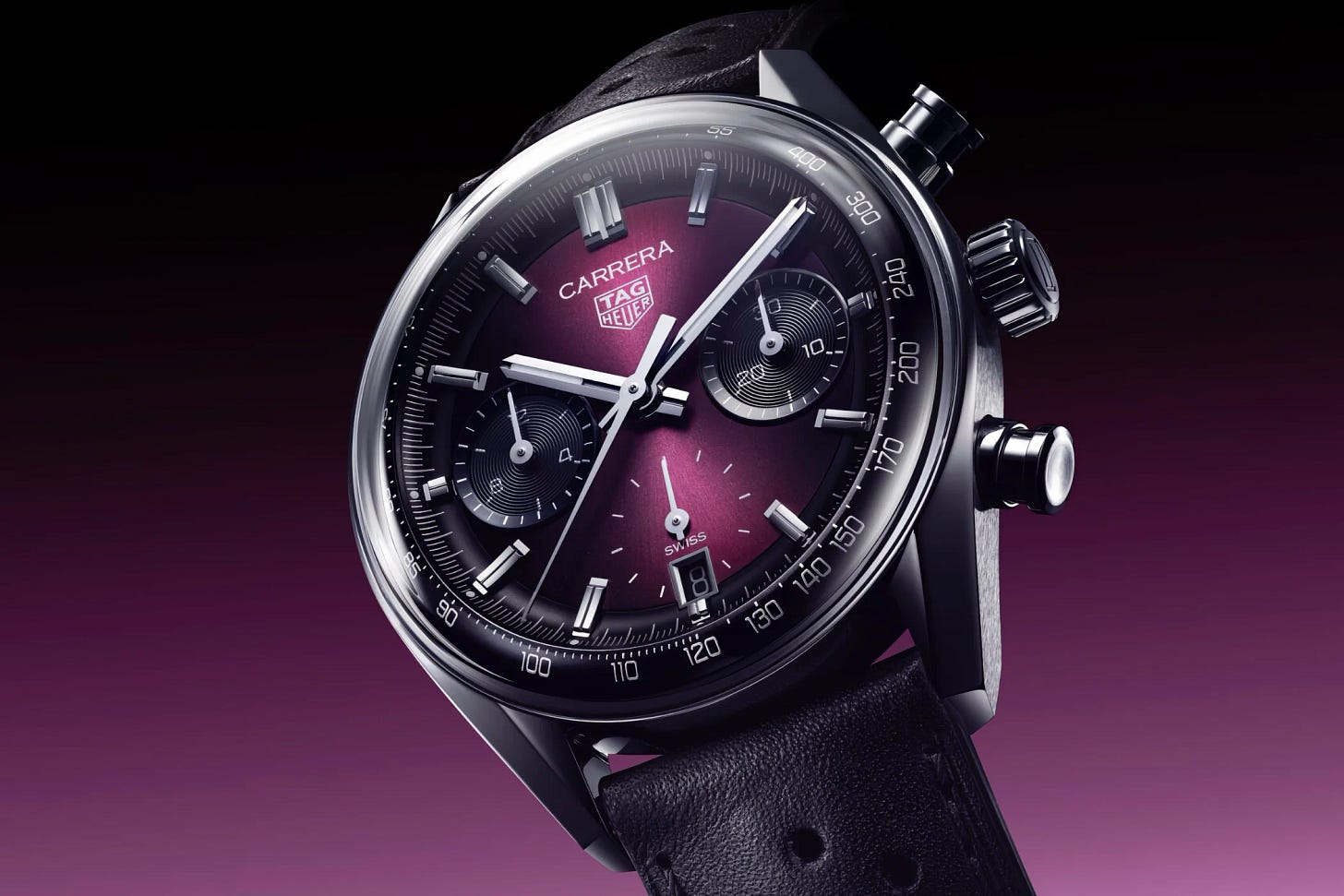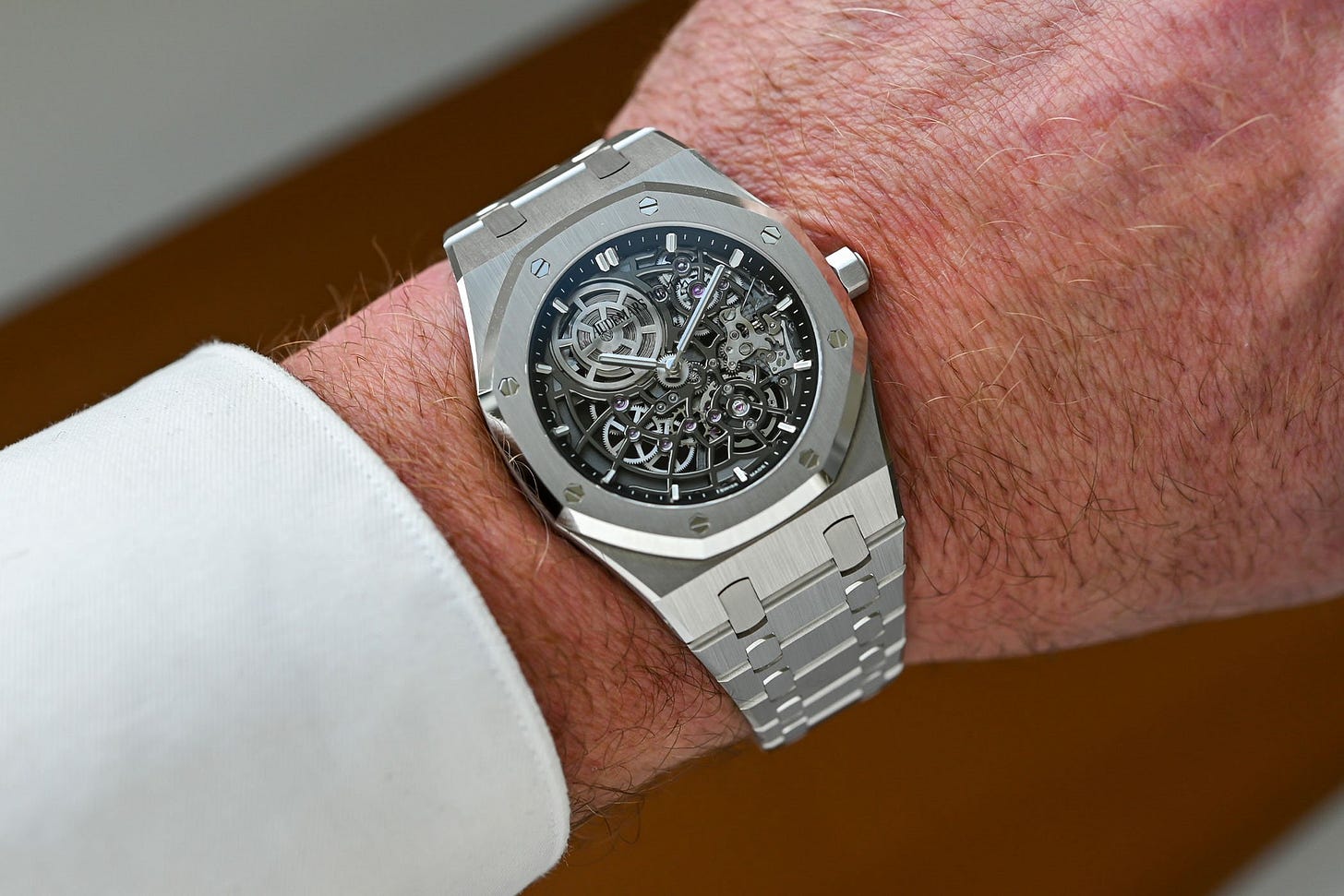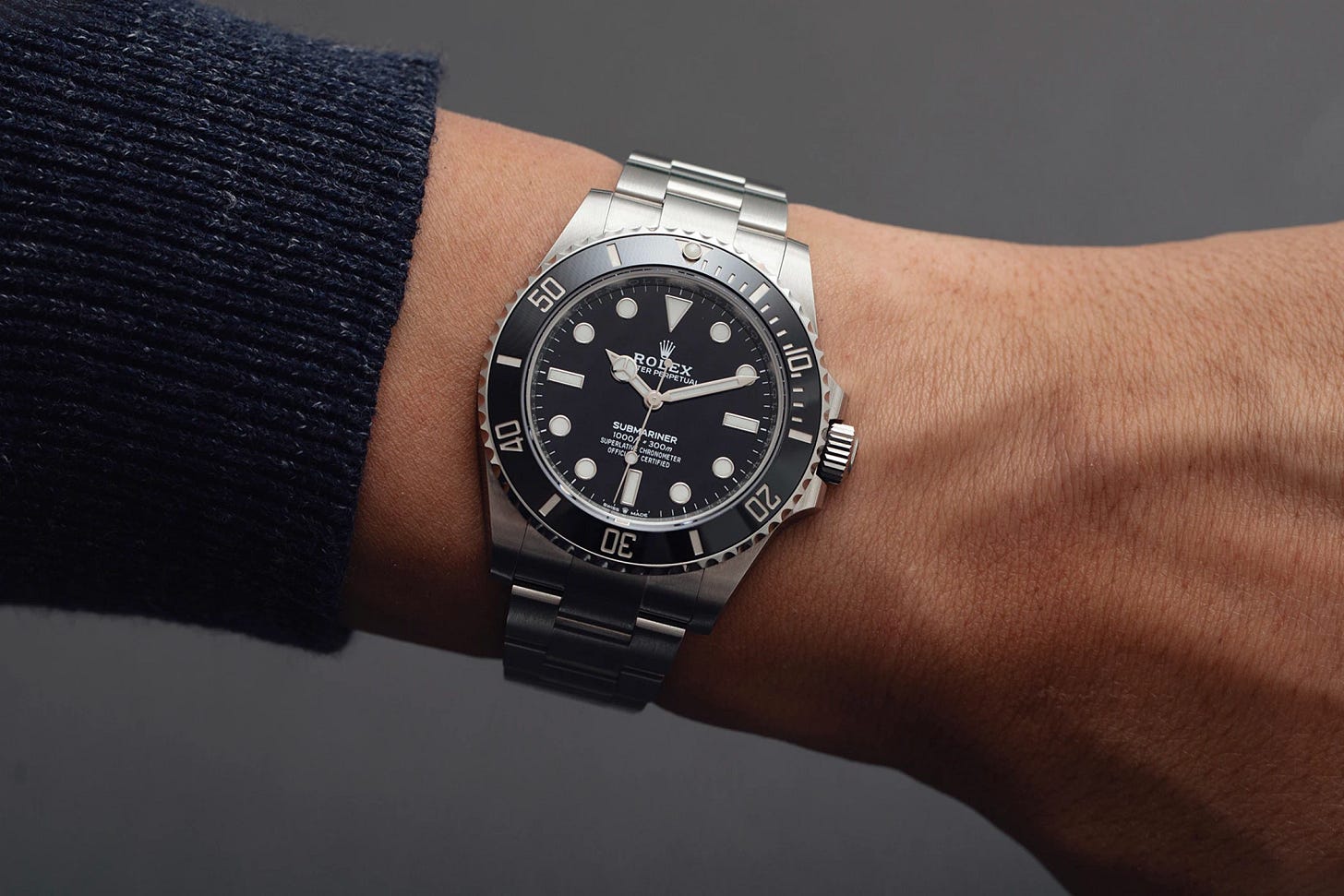The Oldest Watch Brands Still Ticking
Heritage that has lasted centuries
If there’s one thing watch enthusiasts love, it’s history. Few industries can boast the kind of uninterrupted legacy that watchmaking has. Some brands have been around for nearly three centuries, surviving wars, crises, and revolutions while continuing to innovate.
Today, we’re diving into 20 of the oldest watch brands still in operation, each with a story that goes beyond timekeeping. From 18th-century workshops to space missions, these brands have shaped the way we tell time — and the way we wear it.
1. Blancpain (1735)
The oldest surviving watch brand. Blancpain proudly declared during the 1970s quartz crisis: “Since 1735, there has never been a Blancpain quartz watch. And there never will be.” Unlike many others, they doubled down on mechanical purity. Today, they’re known for the Fifty Fathoms, the first true dive watch (1953), worn by French Navy combat divers long before Rolex Submariners became famous.
2. Vacheron Constantin (1755)
Founded in Geneva by Jean-Marc Vacheron, VC has the rare distinction of never ceasing production. Their magnum opus is the Reference 57260, unveiled in 2015: the most complicated watch ever, with 57 complications, including a perpetual calendar, double retrograde rattrapante chronograph, and even an astronomical chart. A single piece that essentially sums up 260 years of know-how.
3. Breguet (1775)
If you’ve ever seen a tourbillon, you owe it to Abraham-Louis Breguet. He not only invented it in 1801 but also created the world’s first wristwatch in 1810 for the Queen of Naples. His clients? Napoleon Bonaparte, Marie Antoinette, and Winston Churchill. To this day, Breguet’s guilloché dials and pomme hands are instantly recognizable.
4. Girard-Perregaux (1791)
GP’s “Three Gold Bridges” turned movement architecture into art. But they were also practical pioneers: in 1880, they mass-produced 2,000 wristwatches for the German Navy, decades before wristwatches became mainstream. While overlooked today, GP laid the groundwork for tool watches as we know them.
5. Longines (1832)
Known for elegance and precision, Longines carved its niche in sports timing. Their chronographs timed horse races and the first modern Olympic Games. The 1878 chronograph movement was a revolution in accuracy, making them the official timekeeper for equestrian sports — a role they still hold today.
6. Jaeger-LeCoultre (1833)
JLC is nicknamed the “watchmaker’s watchmaker” because they’ve supplied movements to Patek, Audemars Piguet, and even Cartier. Their most iconic design is the Reverso (1931), built for polo players who wanted to protect their crystals mid-match. Beyond that, JLC’s portfolio includes the Atmos clock, which runs on air pressure changes alone — almost perpetual motion.
7. Patek Philippe (1839)
When people say “holy grail,” they usually mean Patek. The Henry Graves Supercomplication, completed in 1933, had 24 complications and sold for $24m at auction in 2014. Patek’s slogan, “You never actually own a Patek Philippe, you merely look after it for the next generation,” captures their emphasis on legacy.
8. Omega (1848)
From the Olympics to the Moon. Omega’s Speedmaster Professional was the first watch worn on the Moon in 1969, certified by NASA after brutal testing. Beyond space, Omega has timed every Olympic Games since 1932. Their Co-Axial escapement, introduced in 1999, remains one of the biggest mechanical innovations of the modern era.
9. Cartier (1847)
More than a jeweler, Cartier shaped men’s wristwatches. The Santos (1904), created for aviator Alberto Santos-Dumont, broke convention at a time when pocket watches dominated. Later, the Tank (1917) — inspired by WWI tanks — became a cultural icon worn by Jackie Kennedy, Andy Warhol, and Princess Diana.
10. Tissot (1853)
Tissot brought watchmaking to the masses without sacrificing innovation. They pioneered dual-time pocket watches and later introduced the T-Touch (1999), a tactile watch with compass, altimeter, and thermometer — essentially an early smartwatch before Apple made it cool.
11. Zenith (1865)
Zenith’s El Primero (1969) was the world’s first integrated automatic chronograph, beating at a high frequency of 36,000 vph. Its accuracy was so good that Rolex used it for the Daytona until 2000. Today, Zenith continues to push chronograph technology, including a 1/100th second chronograph.
12. TAG Heuer (1860)
Founded by Edouard Heuer, the brand invented the oscillating pinion (1887), still used in modern chronographs. TAG Heuer became synonymous with motorsport timing, immortalized when Steve McQueen wore the square Monaco in Le Mans (1971).
13. IWC Schaffhausen (1868)
Founded by an American, Florentine Ariosto Jones, IWC was unique for exporting Swiss watches to the U.S. market. Their Big Pilot and Portuguese collections remain icons, blending rugged tool watch DNA with refined design.
14. Piaget (1874)
What started as a movement manufacturer became synonymous with ultra-thin. The Altiplano Ultimate Concept (2018) measures just 2mm thick, thinner than a 5p coin — proof that engineering and elegance can coexist.
15. Audemars Piguet (1875)
The Royal Oak (1972), designed by Gérald Genta, turned the industry upside down. Its octagonal bezel and integrated bracelet created the blueprint for luxury sports watches. Initially ridiculed, it saved AP from collapse during the quartz crisis and is now one of the most coveted watches in the world.
16. Breitling (1884)
Known for aviation, Breitling’s Emergency watch has a built-in distress beacon. In 2003, two British pilots were rescued in Antarctica after activating it. Breitling merges tool functionality with Swiss luxury — the ultimate pilot’s companion.
17. Seiko (1881)
Few brands have disrupted watchmaking like Seiko. Their Quartz Astron (1969) sparked the Quartz Crisis, reshaping the entire industry. Seiko didn’t stop there: they created the Spring Drive in 1999, a hybrid movement with quartz accuracy and mechanical soul.
18. Rolex (1905)
The most recognized name in watches. Rolex pioneered the Oyster case (1926), the world’s first waterproof watch. From Everest to the Mariana Trench, Rolex proved its robustness in extreme conditions. Their professional models — Submariner, Daytona, GMT-Master — are legends that blend tool functionality with status.
19. Tudor (1926)
Created by Rolex founder Hans Wilsdorf, Tudor offered Rolex reliability at accessible prices. Today, Tudor has stepped out of Rolex’s shadow with models like the Black Bay and Pelagos, beloved for their heritage styling and value.
20. Casio (1946)
Casio may be young compared to others, but their G-Shock (1983) redefined toughness. Designed with the “Triple 10” concept — 10-meter drop resistance, 10-bar water resistance, 10-year battery life — the G-Shock became a cultural icon, worn by everyone from soldiers to skateboarders.
Final Thoughts
What strikes me about these brands isn’t just longevity — it’s resilience. Each has survived revolutions in technology, economic crises, and shifting tastes, yet continues to thrive. Whether it’s Patek with world-record complications, Omega timing space missions, or Seiko reinventing technology, they’ve all written chapters in the story of time.
Which of these brands have you owned or admired? Hit reply and let me know — I’d love to hear your stories.
Until next time,
TheWatchB


